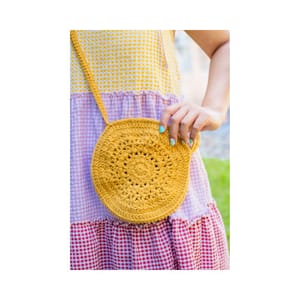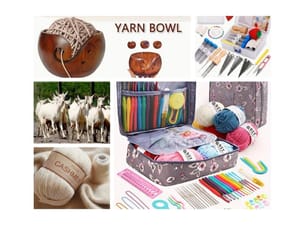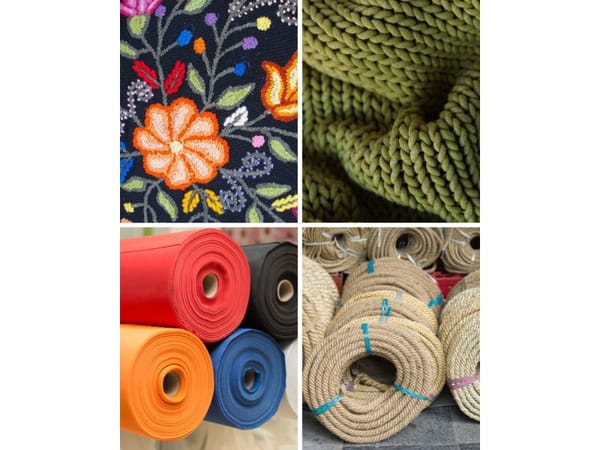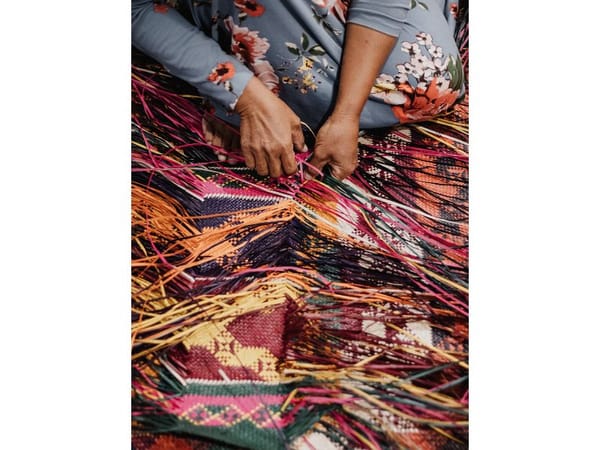In today's disposable society, the importance of quality products cannot be overstated.
High-quality items like cushions and pet beds are crucial in reducing waste by lasting longer and providing better value. Textiles are an integral part of our daily lives; from the clothes we wear to the sheets we sleep on.
As global citizens, we must confront the escalating issue of waste accumulation, which is becoming increasingly evident in our landfills.
In the United States, there is a pervasive culture of disposability, where items are frequently discarded rather than repaired.

This is a collective challenge that requires our attention and action.
Consider, for example, the humble sock.

It is a staple in our daily attire, yet when it develops a hole, the typical American response is to replace it rather than mend it.
However, if we were to adopt a more sustainable approach by darning our socks - and our jeans, which are also often prematurely thrown away - we could significantly reduce waste.

A simple calculation reveals the potential impact: if every American repaired just one pair of socks annually, over 300 million socks would be spared from landfills.
The implications for jeans are even more profound, given their durability and ease of repair.
The decrease in waste and consumption would be staggering!
Not to mention the sweet satisfaction of fixing something with your own two hands.
So next time your sock gets a hole, or your jeans start to fray, take a step back from the bin. Dust off that darning needle and give it a whirl.

Internationally, the approach to clothing maintenance differs markedly.
For example, in Italy, it's customary to repair clothing, with darning needles (that are always at the ready), for any garment in need of attention.
In Japan, the art of 'Kintsugi' - repairing broken pottery with gold - celebrates the beauty of restoration. This philosophy could inspire a novel trend in clothing repair, elevating the act to an art form.
In India, the concept of 'Jugaad' - innovative and frugal problem-solving - is applied to extend the life of garments, transforming tears into fashionable features.
The term "Jugaad," as defined by Wikipedia, refers to a creative and efficient solution that maximizes resources and often involves bending the rules.
By embracing these international practices, Americans can contribute to a global effort to reduce waste and promote sustainability.
The environmental benefits of such a shift are substantial.
Reducing the production of socks and jeans would alleviate the strain on natural resources, decrease energy consumption, and minimize pollution.
Furthermore, the water savings would be considerable, given the extensive amount of water required to produce a single pair of jeans.
Did you know it can take up to 2,000 gallons of water to make a single pair of jeans? That’s enough to fill up nearly 30 bathtubs!
Summary
By applying the American spirit of ingenuity to the repair of socks and jeans, we not only conserve our financial resources but also provide much-needed relief to our planet.

This simple behavior change could profoundly impact the environment, and it's within our collective power to make this positive shift.
While this discussion has focused on socks and jeans, the principle applies broadly to other disposable items such as diapers and plastic bags.
The need for change is urgent, and the time to act is now.

Images Source: Canva







